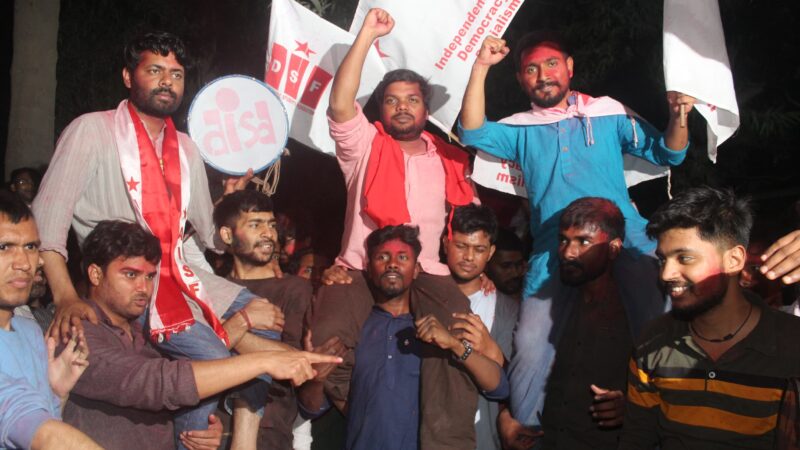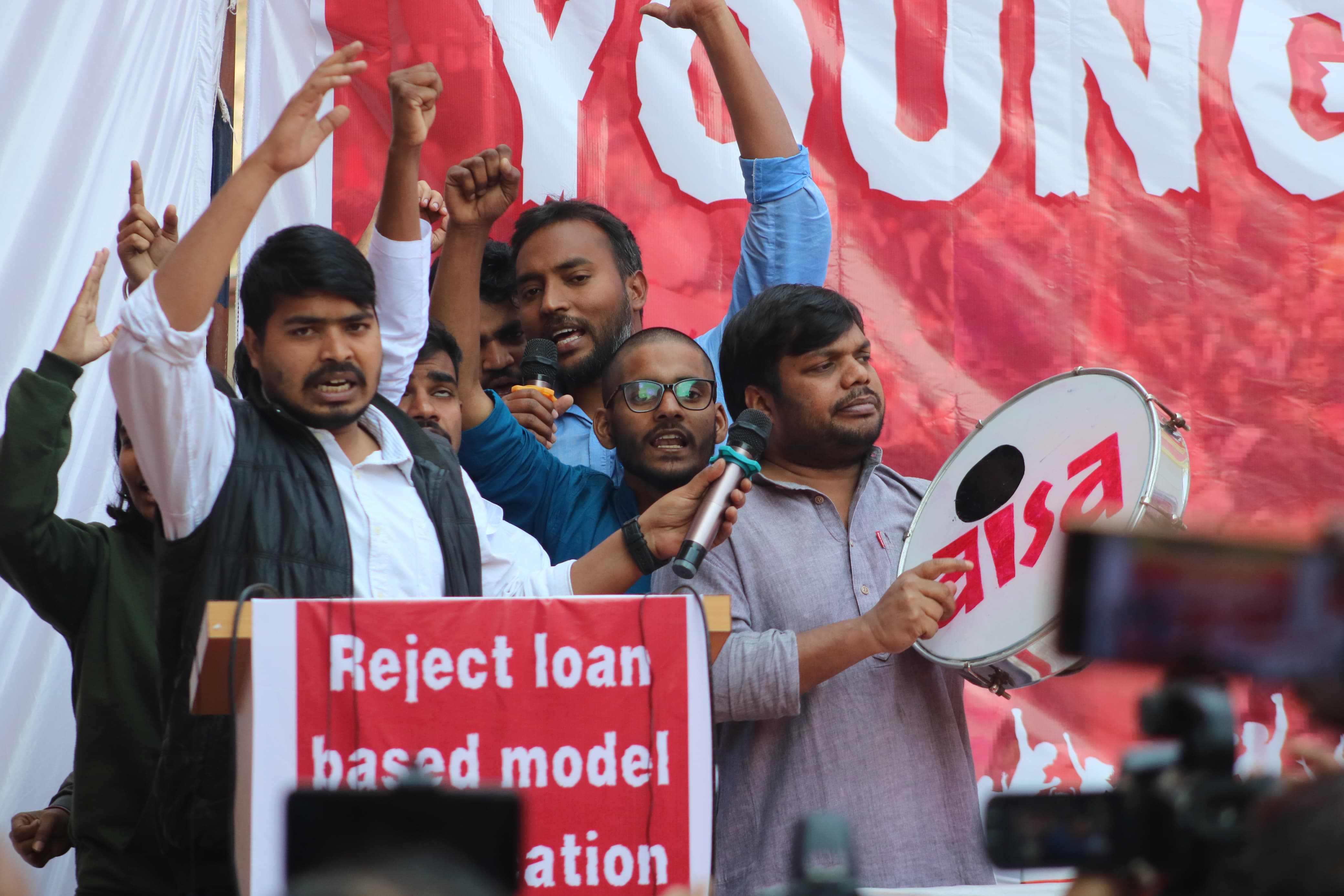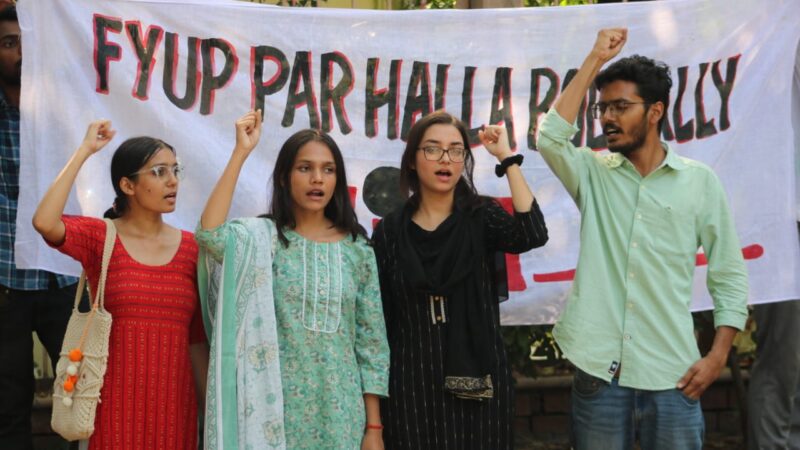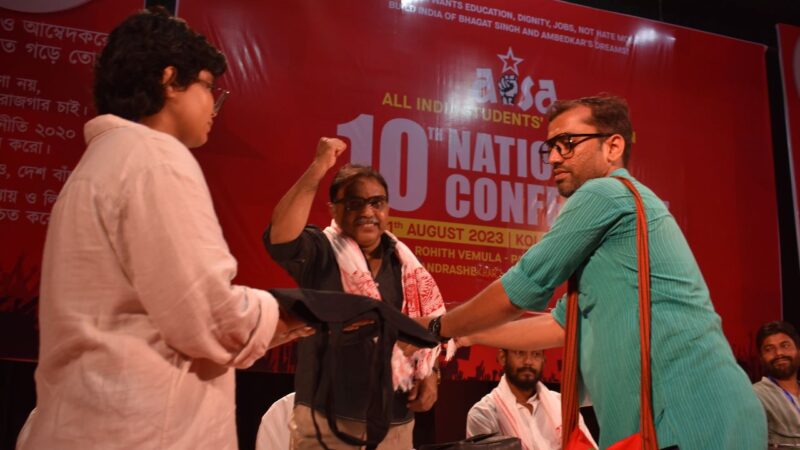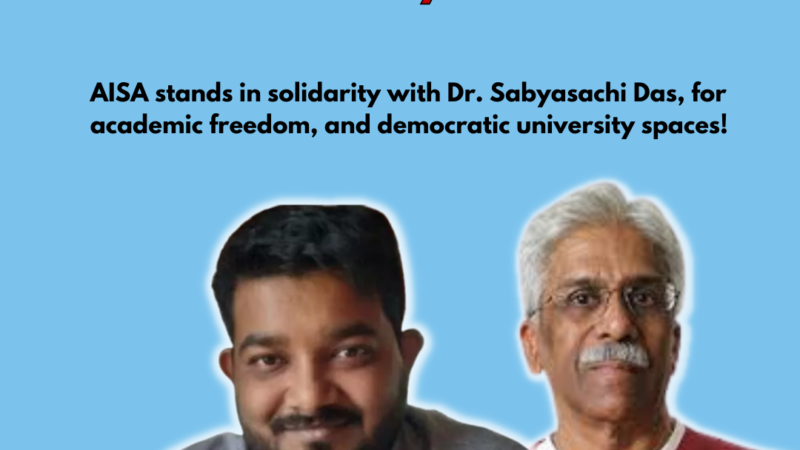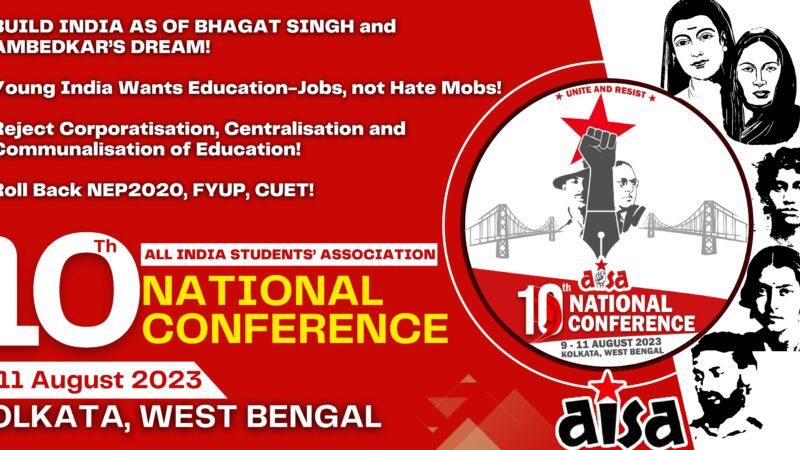Batla House ‘Encounter’ : Post Mortem Reports of Atif and Sajid Call the Bluff of Delhi Police and NHRC! Institute Judicial Probe into the Batla House ‘Encounter’ Immediately!!
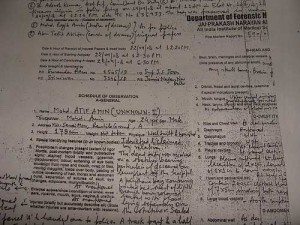 The NHRC has finally released the documents which formed the basis of its conclusion that the Batla House ‘encounter’ was genuine. The post mortem reports of the slain young men, Atif Ameen and Md. Sajid have been made public for the first time. So far, the Delhi Police and AIIMS (which conducted the post mortem) had declined to provide this information.
The NHRC has finally released the documents which formed the basis of its conclusion that the Batla House ‘encounter’ was genuine. The post mortem reports of the slain young men, Atif Ameen and Md. Sajid have been made public for the first time. So far, the Delhi Police and AIIMS (which conducted the post mortem) had declined to provide this information.
It should be noted that when the RTI was filed the first time by RTI activist and Jamia student Afroze Alam Sahil, a few days after the ‘encounter’, there was no direction from the court that such information be withheld. Indeed, frustrated by the Police’s refusal to part with the post mortem report, the Central Information Commission directed the Delhi Police to submit all documents pertaining to the Batla House Encounter before it by March 5, 2009 for inspection by the bench so that it could examine whether the information could be made public. The Delhi Police instead rushed to the High Court, challenging this directive, feigning that such information would be detrimental to investigations. The High Court stayed the CIC directive on 1st April 2009. Meanwhile, the NHRC in its ‘enquiry’, extensively cited the postmortem report of Inspector Sharma to prove that he had been fired upon by alleged terrorists.
The post mortem reports of Atif and Sajid which has now been finally released reveals that Atif Ameen sustained injuries on right knee cap; grazing effects in the inter-scapular region or back region in layperson’s terms, multiple abrasions on right buttock. It is further explicitly stated that one of the injuries was “produced by blunt force impact by object or surface.” Almost all (8 out of 10) the entry wounds on the body of Atif Ameen are on the back side, in the region below the shoulders and at the back of the chest, which point to the fact that he was repeatedly shot from behind.
The post mortem report of 17-year-old Md Sajid, who had five bullet holes on the upper side of the head, shows that he was beaten with a ‘blunt object’. His four-page post-mortem report mentions the cause of death was “craniocerebral damage as a result of gunshot injuries to head.” He had at least two injuries (inter-scapular region and right leg), which had been caused by “blunt force impact by object or surface.”
The gun shot injuries received by Atif are as follows:
Gun shot Wounds (Entry) on the Body of Atif Ameen
| Gun shot Wound No. (as In the report) | Size | Area |
| 14 | 1 cm diameter, cavity deep | left side back |
| 9 | 2X1 cm, cavity deep having 1 cm abrasion collar | Left side back of chest |
| 13 | 3×1 cm cavity deep with abrasion collar of 9.2 cm | Over midline at back, 30 cm below the nape of neck |
| 8 | 1.5 x1 cm x cavity deep | Right scapular region, 10 cm from midline and 7 cm below tip of right shoulder |
| 15 | 0.5 cm diameter Xcavity deep | Lower back midline, 44 cm below nape of neck |
| 6 | 1.5 X1 cm oval in shape | Inner aspect of left thigh (track going upward), communicating with gsw injury no. 20 at left buttock region from where a metallic object is recovered. The GSW 20 is cited as of unusually large size of 5×2.2 cm |
| 10 | 1×0.5 cm | 5 cm below right shoulder tip & 14cm below midline |
| 11 | 1×0.5 cm | Inter scapular region, 4cm right to midline |
| 12 | 2×1.5 cm | Right side back, 15 cm from midline, 29 cm below tip of te right shoulder |
| 16 | 1 cm diameter | Outer and back aspect of right forearm |
· Almost (8 out of 10) all the entry wounds on the body of Atif Ameen are on the back side, in the region below the shoulders and at the back of the chest, which point to the fact that he was repeatedly shot from behind.
· Another one (no.6 on the table) is on the inner side of the left thigh but suspiciously, the trajectory of the shot is in the upward direction, thus suggesting that in this case the shot was fired from below. What caused the unusually large wound of 5 x 2.2 cm? Why were metallic objects present in the left thigh?
2) 17-year-old Md Sajid also displayed at least two injuries (numbers 13 and 14, interscapular region and right leg), which had been caused by blunt force impact by object or surface.” The gunshot injuries received by Sajid are as follows:
| Gun shot Wound no. 1 | Right frontal region of the scalp (forehead) |
| Gun shot Wound no. 2 | Right forehead |
| Gun shot Wound no. 5 | Tip of right shoulder (going vertically downwards) |
| Gun shot Wound no. 8 | Back of left side chest (12 cm from root of neck) |
| Gun shot Wound no. 10 | Left side of occiput (in layperson’s term, back portion of the head) |
The entry points of each of these gunshot wounds—and the fact that all but one bullet is travelling in a downward direction—strongly suggests that he was held down by force (which also explain the injuries on the back and leg region), while bullets were pumped down his forehead, back and head.
In which genuine cross fire do people receive injuries only in the back and head region??
The all-important question is at why the NHRC deliberately ignored this incriminating and suggestive evidence? In its refusal to pursue any contrary line of investigation, it has proved itself to be in collusion with the Delhi Police, discarding even the minimum pretence of impartiality.
The Police’s version of the Batla encounter was that the moment they entered the L-18 flat in search of ‘IM’ suspects, they were shot at, and in the ensuing crossfire, Atif and Sajid were killed. In every crossfire, there are necessarily FRONTAL injuries – which are conspicuously absent in BOTH Atif’s and Sajid’s case. ALL the injuries which they received were from BEHIND, and in Sajid’s case also on his head. Also, the presence of injuries due to ‘blunt’ objects, caused BEFORE their deaths point out that they had been overpowered and then shot dead. Clearly, this calls the bluff of the ‘cross fire’ version which the Delhi Police has been peddling so far and decisively points to a case of calculated killing in a fake encounter.
The all-important question is at why the NHRC deliberately ignored this incriminating and suggestive evidence? In its refusal to pursue any contrary line of investigation, it has proved itself to be in collusion with the Delhi Police, discarding even the minimum pretence of impartiality and objectivity in investigation.
However, the post mortem report is only one of the documents that been released by the NHRC to the appellant Afroze Alam. Documents accessed through RTI also include statements by senior police officers and a “Note on Investigation of the Serial Blasts at Delhi” (which became the basis for NHRC’s report and also the LG’s decision that no magisterial probe was required into the encounter’). The Note on Investigation is high on allegations but cipher on any hard evidence.
· The cell phone number 9811004309 is shown to be at the heart of the investigations. According to the police, this number was in touch with three cell numbers from Gujarat, which were under surveillance by Gujarat Police following the Ahmedabad blasts (which took place on 26th July 2008). Further, this number was found to be present near Nizamuddin station on 21st July 2008, from where according to the police, ‘terrorists’ booked train tickets for Ahmedabad. According to the police, the cell number belonged to Md. Atif Amin and the police even lists how this cell number was switched off on 23rd September 2007 (UP court blasts).
However, by the police’s own admission in the Note, this number came to be acquired by Atif Amin on 11th August 2008 (much after UP court blasts and after Ahmedabad blasts and the supposed booking of train tickets at Nizamuddin station). Atif got this number as a post paid connection on 11th Aug and all the address details furnished by him were found to be true (that is how the police arrived at L-18 on 19th September 2008 in the first place).
So the only piece of evidence that the police had to nail down Atif Amin was his cell number, which he did not even possess at the time the Gujarat Police was tracking it. None of the material and evidence supposedly seized by the police has any procedural validity.
· The Note also mentions that immediately following the shootout, photographs of the “deceased Atif and Sajid were sent through Intelligence Agency to Afzal Usmani, who confirmed that they were indeed involved in the blasts.
Recall that the ‘encounter’ took place on 19th September 2008, and the Annexure ‘A’ submitted by the police to the NHRC states that Usmani was arrested on 23rd September 2008, full four days after the ‘encounter’. So when was Usmani arrested? When were the supposed confirmations made?
Despite overwhelming evidence and grounds for contesting Delhi Police claims, the UPA government has repeatedly dismissed the demand for a judicial probe into the Batla House ‘encounter’.
The simple truth is that the Congress is pandering to the jingoist frenzy about ‘Islamic’ terrorism and does not dare to disturb this majoritarian communal logic. Indeed, the Lieutenant Governor of the Delhi government actively stalled a magisterial enquiry—as is required under the NHRC guidelines—by expressing his satisfaction with the “impartial and scientific investigation” being conducted by the Crime Branch of the Delhi Police. This is in stark contrast to the Congress’ leading role in the agitation demanding a fair enquiry into the tragic encounter killing of a youth Ranbir in Dehradun, which culminated in a CB-CID probe and the suspension of several senior police officers of Uttarakhand. Clearly, for the Congress, Atif’s and Sajid’s lives were dispensable and did not merit a fair probe.
At the same time, the Congress is desperately trying to save its face by providing a ‘healing touch’ to the Muslim community. Senior Congress leader Digvijay Singh recently visited Azamgarh – which is reeling under a spate of arrests of alleged ‘terror accused’ and also battling the tag of ‘epicenter of terror’ – in an attempt to ‘reach out’ to the Muslim community. However, the shallowness of the Congress’s claims was soon made evident. During his visit, Mr. Singh shockingly tried to persuade the people of Azamgarh about the futility of a judicial probe into the Batla House ‘encounter’!
In light of these revelations and in the persistent refusal of the NHRC to take into account evidence which vitiates the Delhi Police claims that the ‘encounter’ was genuine, it is clear that a judicial probe into the Batla House ‘encounter’ should be conducted immediately. All those arguing that judicial probes are protracted and futile exercises are simply asking us to forget that two young men were killed under highly mysterious circumstances. Given that a separate FIR has not even been filed in the case of their killings, nor a magisterial probe conducted, as required under NHRC guidelines, a time bound judicial probe is the only solution.
